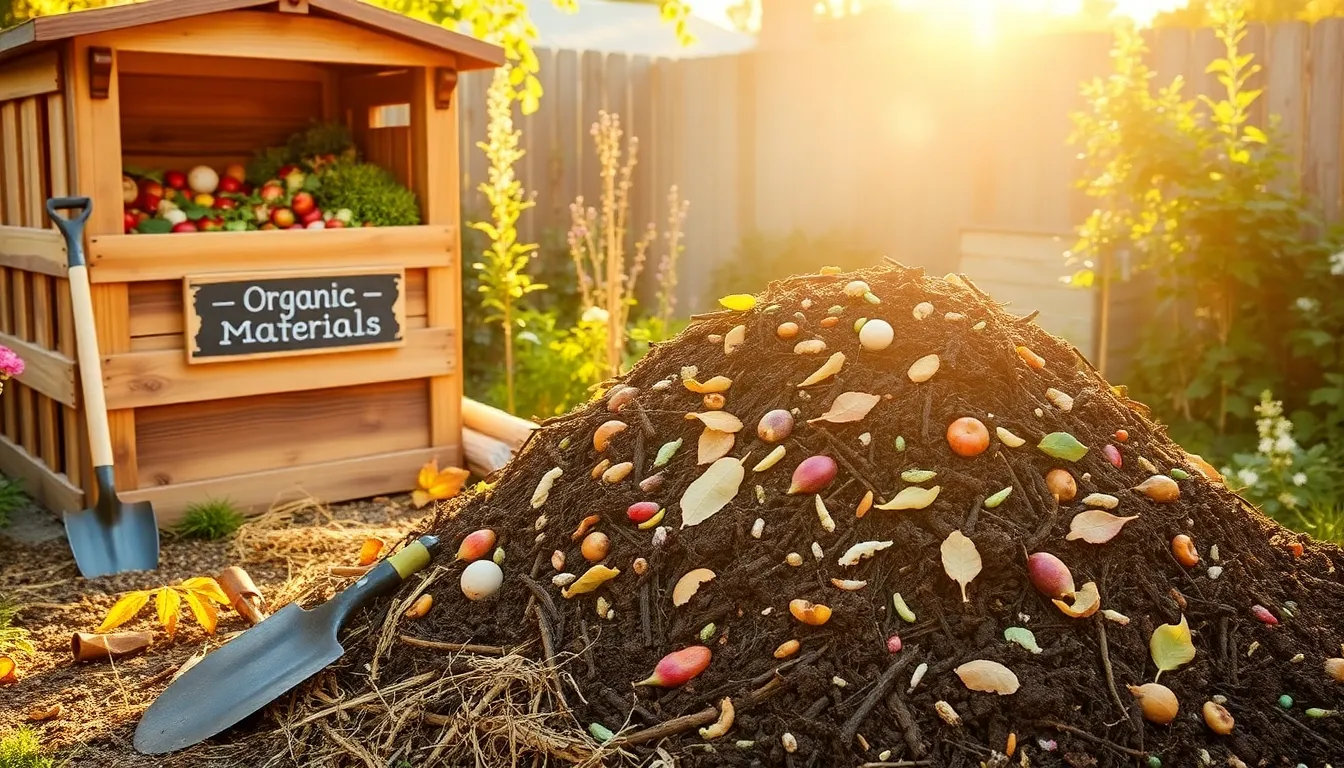Welcome to the wonderful world of composting, where kitchen scraps and garden waste transform into “black gold” for your soil. Whether you’re just sowing the seeds of your gardening journey or have been nurturing your green thumb for years, starting a compost pile is a rewarding endeavor that can elevate your garden’s health and productivity.
Composting is more than just recycling organic waste; it’s a way to connect with the natural cycles of growth and decay. By the time you finish this article, you’ll be equipped with the knowledge to turn everyday waste into nutrient-rich compost, enriching your garden beds and reducing landfill contributions.
In the pages ahead, we’ll guide you through the essentials of setting up your compost pile, from choosing the right location to understanding the balance of greens and browns. We’ll also explore troubleshooting tips for common composting challenges, ensuring that your journey is as smooth as possible.
Select an Ideal Compost Location
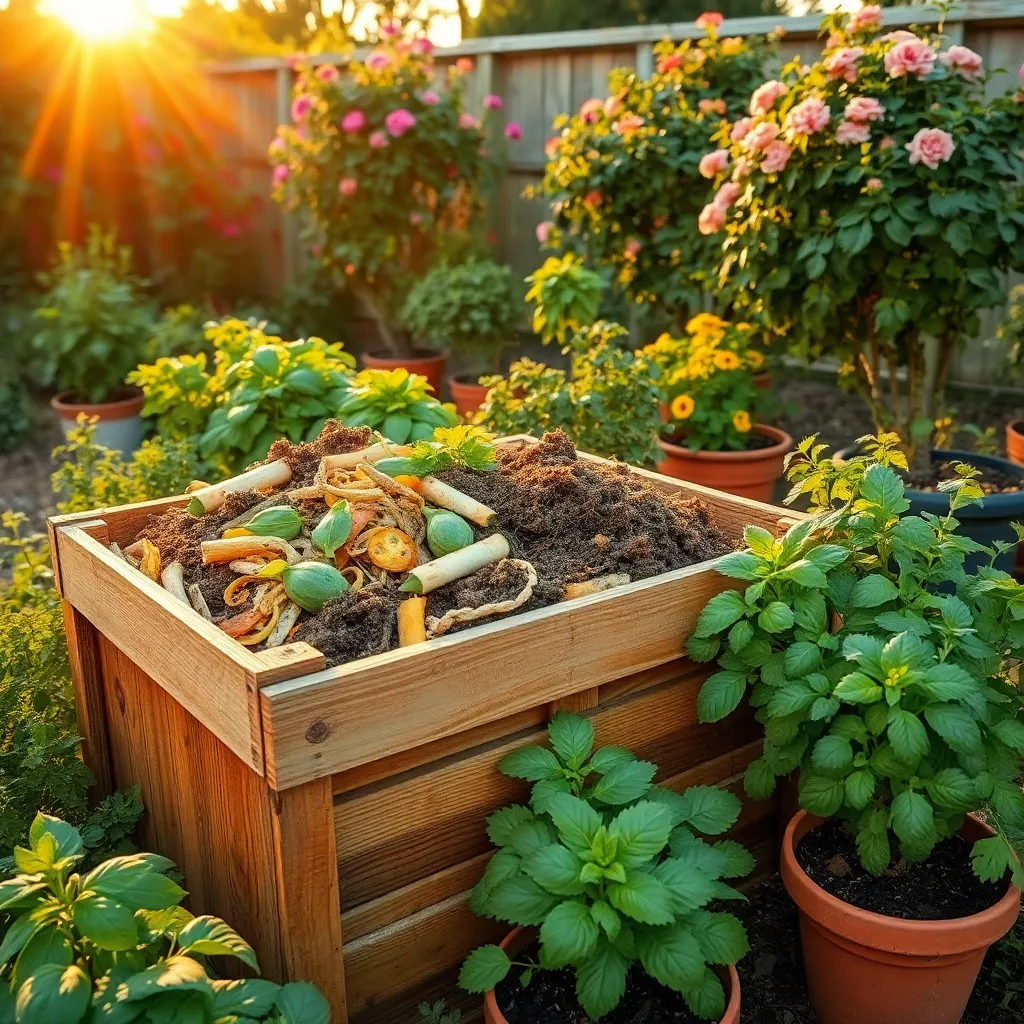
When selecting an ideal compost location, choose a spot that is convenient and easily accessible. This will ensure that you regularly add materials and turn the compost, making the process more efficient.
Look for a well-drained area to prevent water from pooling and turning your compost into a soggy mess. If your garden soil tends to retain water, consider raising the compost pile on a bed of straw or gravel to improve drainage.
It’s important to place your compost in a location that gets partial shade. This will help maintain a consistent temperature, crucial for the breakdown of organic materials without drying out too quickly.
Consider the distance from your water source, as you may need to occasionally moisten the pile. Composting requires a balance of moisture, so ensure you can easily water it during dry spells.
Advanced gardeners might incorporate windbreaks, like shrubs or fencing, around their compost area. This helps in maintaining heat and preventing the pile from drying out due to wind exposure.
Gather Suitable Compost Materials
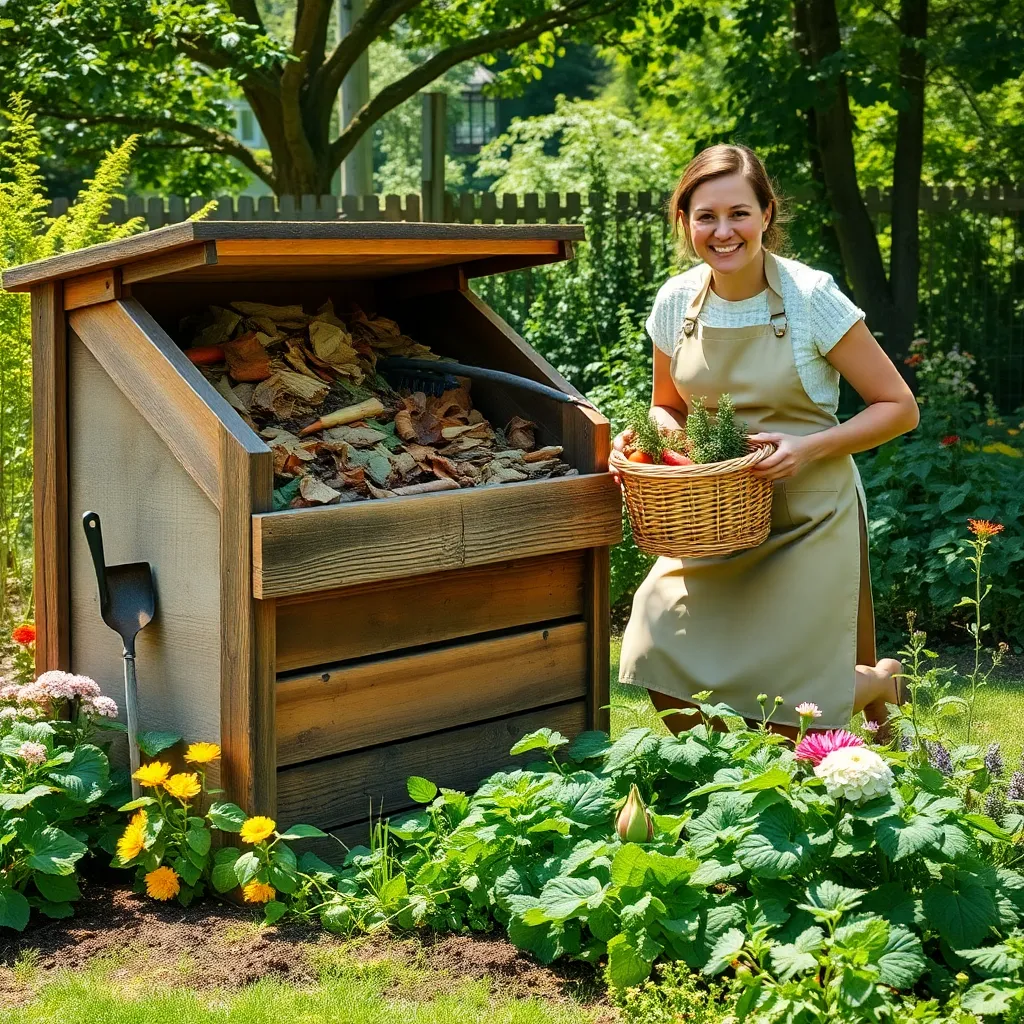
After selecting the perfect location for your compost pile, it’s time to gather suitable compost materials. Begin by collecting a mix of green and brown materials to ensure a balanced compost pile. Green materials include kitchen scraps like fruit and vegetable peelings, coffee grounds, and grass clippings. These add nitrogen to your compost, which is essential for microbial activity.
Brown materials, on the other hand, provide carbon, which is crucial for the decomposition process. Examples include dried leaves, straw, and small branches. Keep in mind that adding too many greens can make your compost pile too wet and smelly, so aim for a balanced ratio of two parts brown to one part green.
As you gather materials, avoid adding certain items that can hinder the composting process. Do not include meat, dairy, or oily foods, as they can attract pests and produce unpleasant odors. Additionally, avoid using diseased plants or weeds with seeds, which can cause issues when you later use the compost in your garden.
For those looking to speed up the composting process, consider chopping or shredding larger items before adding them to the pile. This increases the surface area, making it easier for microbes to break them down. You can also occasionally add a shovel of garden soil to introduce beneficial microorganisms that aid in decomposition.
Layer Organic and Brown Waste
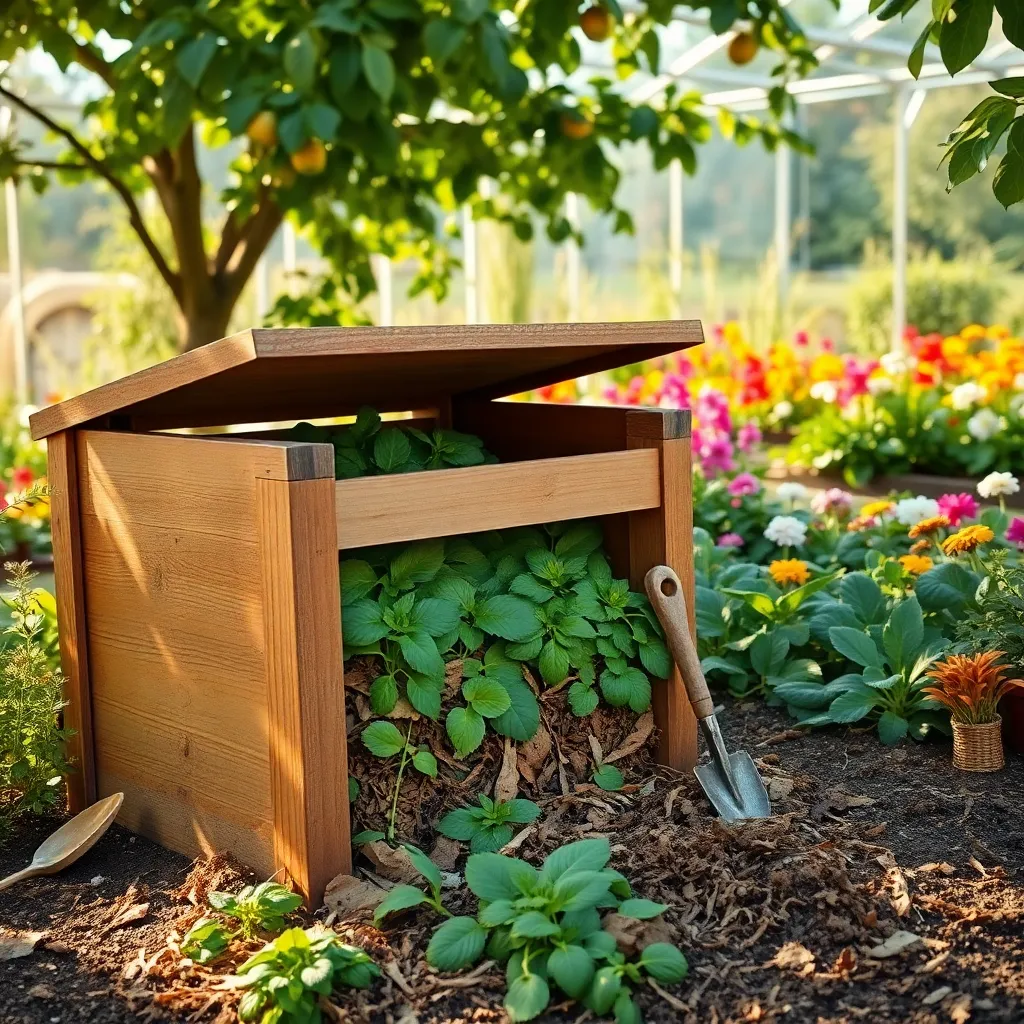
To build a thriving compost pile, it’s essential to layer both organic and brown waste effectively. Begin by laying down a base of coarse materials like twigs or straw to encourage air circulation at the bottom of your pile.
Next, alternate between layers of green waste and brown waste to create a balanced compost environment. Green waste includes kitchen scraps and grass clippings, while brown waste consists of dried leaves, shredded newspaper, or cardboard.
Ensure that each green layer is about 2-4 inches thick, followed by a brown layer that is slightly thicker, around 4-6 inches. This balance is crucial because green waste provides nitrogen, while brown waste contributes carbon, both necessary for decomposition.
For beginners, sticking to a simple ratio of one part green to two parts brown waste can be an effective starting point. More experienced gardeners might experiment with adjusting these ratios slightly based on the specific materials available to them.
Moisten each layer lightly as you build the pile, but avoid making it soggy. A properly layered and moistened pile should feel like a damp sponge, which is ideal for microbial activity necessary for composting.
By layering thoughtfully, you not only speed up the composting process but also reduce odors and attract fewer pests. This method ensures your compost pile will become a rich, nutrient-dense resource for your garden.
Maintain Moisture and Aeration

To maintain moisture and aeration in your compost pile, it’s crucial to strike the right balance. Compost piles should be about as moist as a wrung-out sponge, which means they should be damp but not soggy. To achieve this, water your compost pile during dry periods, especially if you notice it drying out. Conversely, if the pile is too wet, consider adding more brown materials like dry leaves or straw to absorb excess moisture.
Aeration is key to a successful composting process, as it helps decompose materials efficiently. Turn your compost pile every 1-2 weeks using a pitchfork or shovel to introduce oxygen and prevent it from becoming compacted. For beginners, turning can seem daunting, but it’s simply a matter of mixing the contents to ensure all layers are evenly aerated. More advanced gardeners might consider investing in a compost tumbler, which makes aeration easier and more effective.
Keeping an eye on the size of materials added can also help maintain proper aeration. Chop or shred larger items like branches or corn stalks before adding them to the pile to promote better airflow. This not only speeds up decomposition but also prevents the pile from becoming too dense. If you’re looking for advanced methods, consider adding bulky items like straw or wood chips periodically, which can create natural air pockets within the pile.
Regular checks on your compost pile can help you make timely adjustments for optimal conditions. Use a compost thermometer to monitor the internal temperature; a well-maintained compost pile should reach between 135°F and 160°F. This temperature range signifies that the microbial activity is thriving, effectively breaking down the materials. By keeping these practical tips in mind, you ensure your compost pile remains a productive and beneficial part of your gardening efforts.
Monitor and Turn the Pile
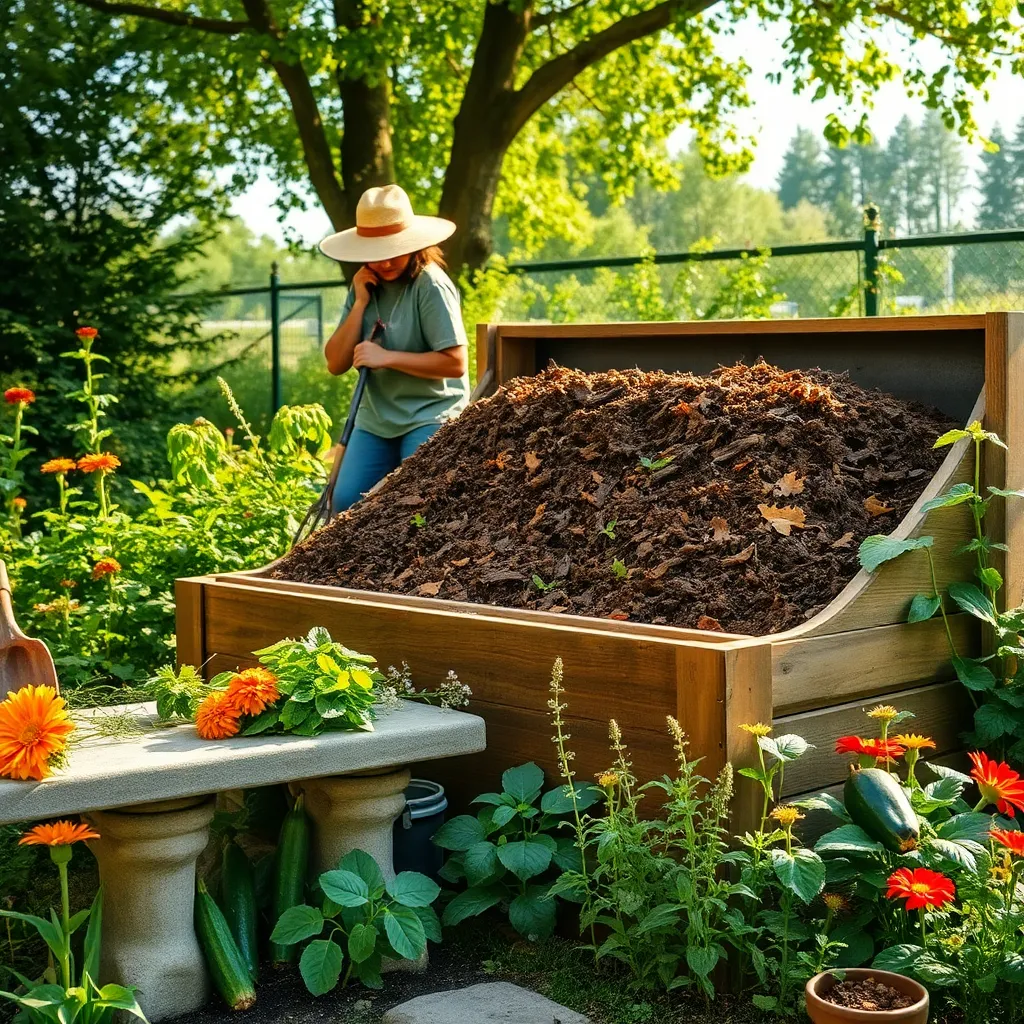
Monitoring and turning your compost pile is crucial for maintaining its health and efficiency. Regularly turning the pile introduces oxygen, which is essential for the aerobic bacteria that decompose the organic material.
To ensure your pile is decomposing properly, check its temperature with a compost thermometer. Optimal temperatures range between 135°F and 160°F, indicating that microbial activity is at its peak.
If the temperature drops significantly, it’s time to turn the pile to reintroduce oxygen and reinvigorate the bacterial activity. Use a garden fork or a compost aerator tool to mix the materials, aiming to turn the pile every one to two weeks.
As you turn the pile, make sure to move the outer materials into the center where it’s hotter, promoting even decomposition. Monitor moisture levels during this process; the pile should feel like a damp sponge.
For more advanced composting, consider adding a nitrogen-rich activator, such as alfalfa meal or coffee grounds, to boost microbial activity. This step can accelerate the breakdown process, especially in cooler months or if your pile is slow to heat up.
Conclusion: Growing Success with These Plants
As we’ve journeyed through the enriching experience of learning how to start a compost pile, we’ve also unearthed valuable relationship insights. First, we explored the importance of nurturing the ground—laying a strong foundation of trust and communication. Next, we delved into the balance of adding the right ingredients—mixing love, understanding, and patience to foster growth. Third, we highlighted the need for regular turning—keeping the relationship dynamic and exciting. Fourth, we examined the power of time and patience, understanding that beautiful things develop with care. Finally, we underscored the importance of reaping the benefits—celebrating the fruits of your efforts together.
As an actionable first step, consider having an open conversation with your partner about one new way to enrich your relationship, just as you’d enrich your compost pile. This small step can lead to meaningful growth. Remember, relationships, like compost, thrive with attention and intention.
Bookmark this article as a go-to resource to continually cultivate a thriving relationship. As you embrace these principles, look forward to a future where your relationship flourishes, grounded in the nurturing care you’ve invested. Your journey to relationship success begins now—take the first step and watch your connection bloom.

